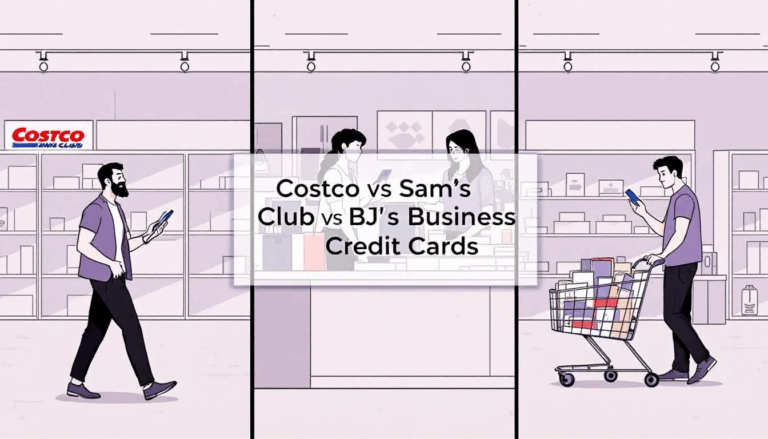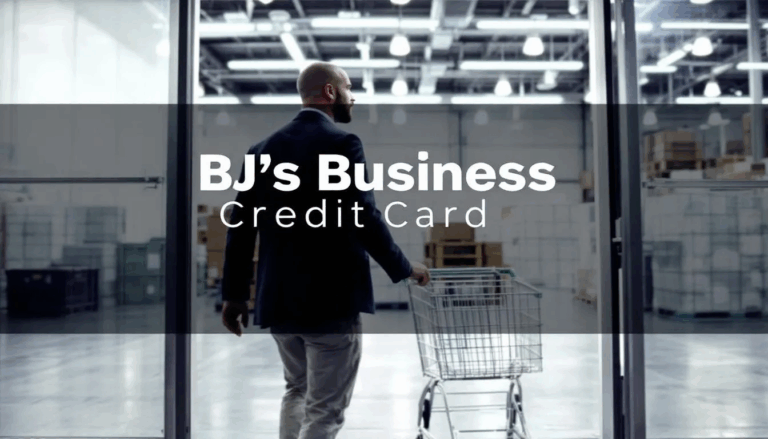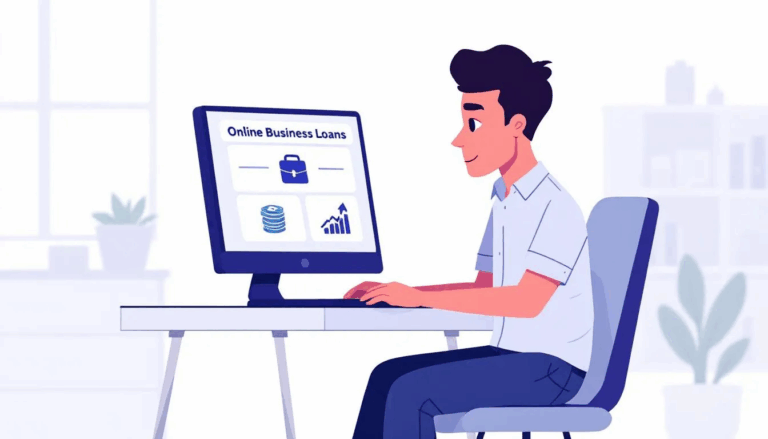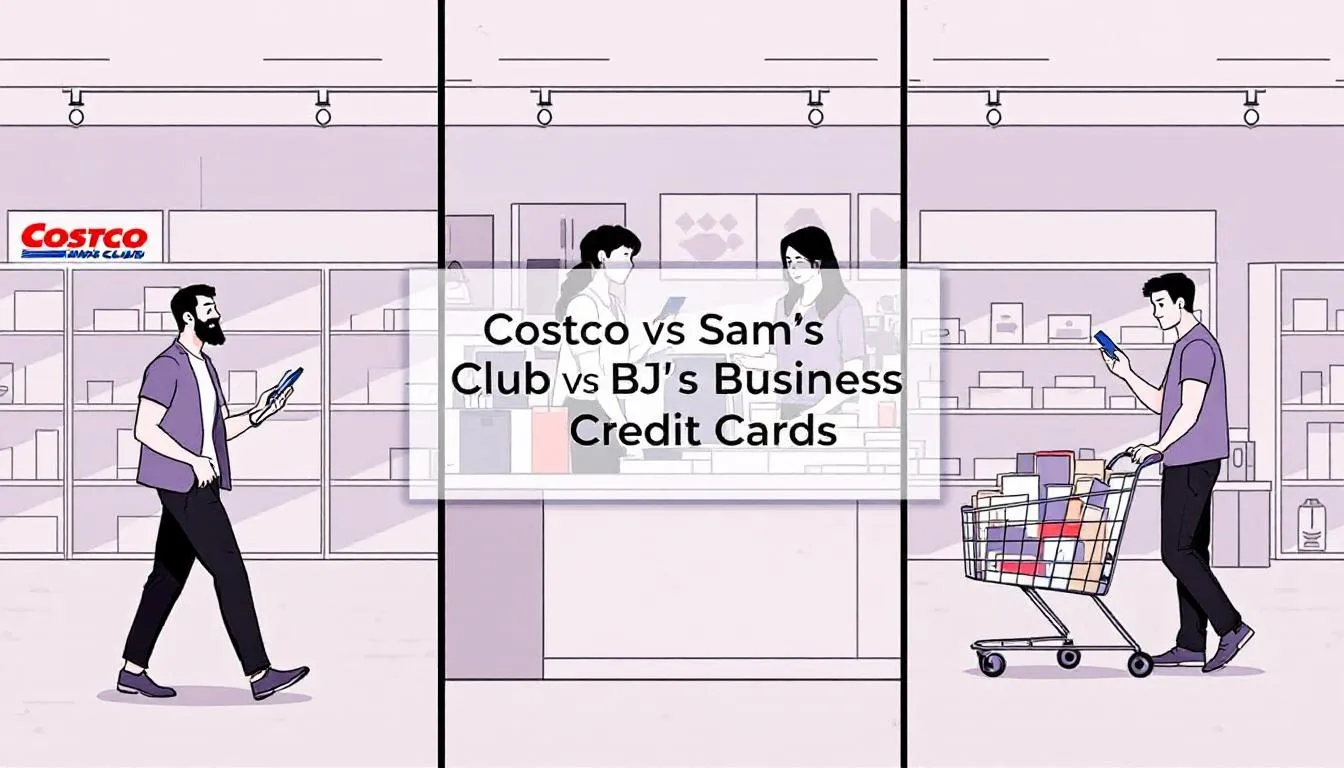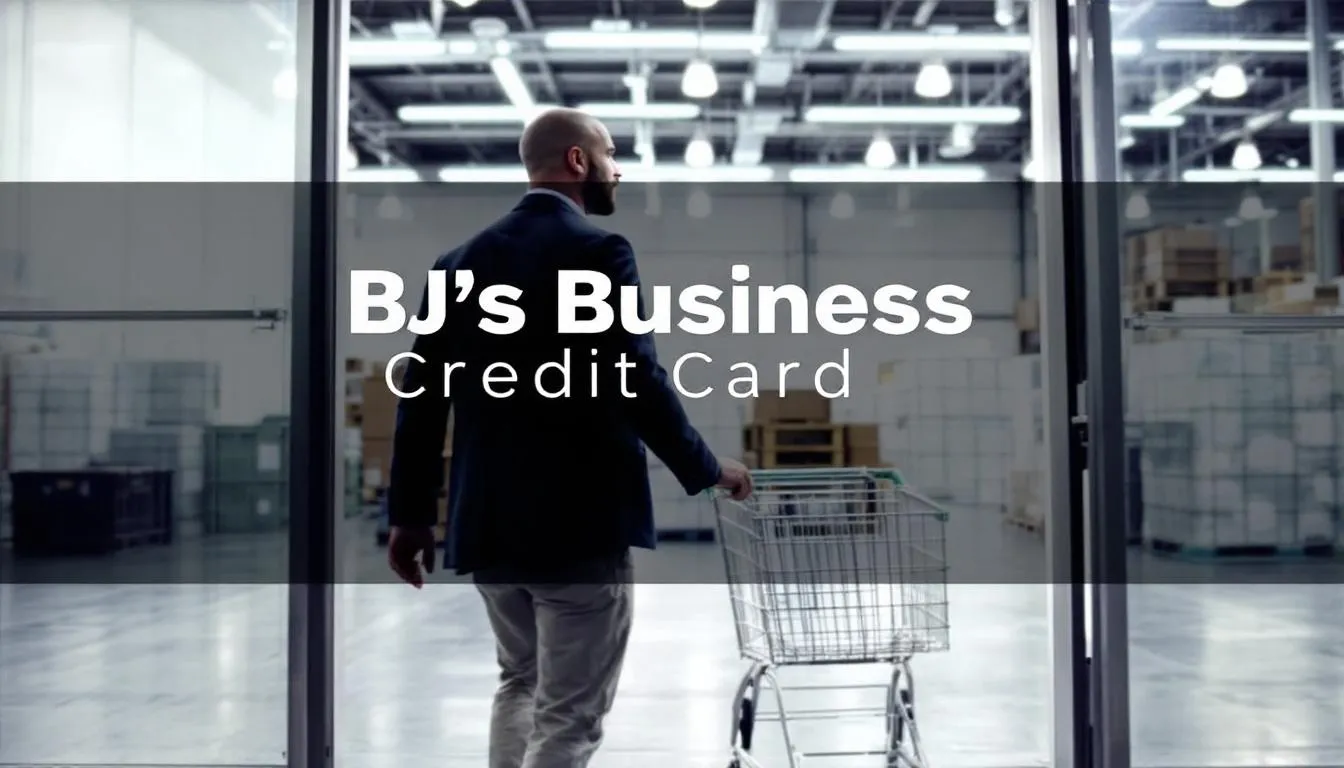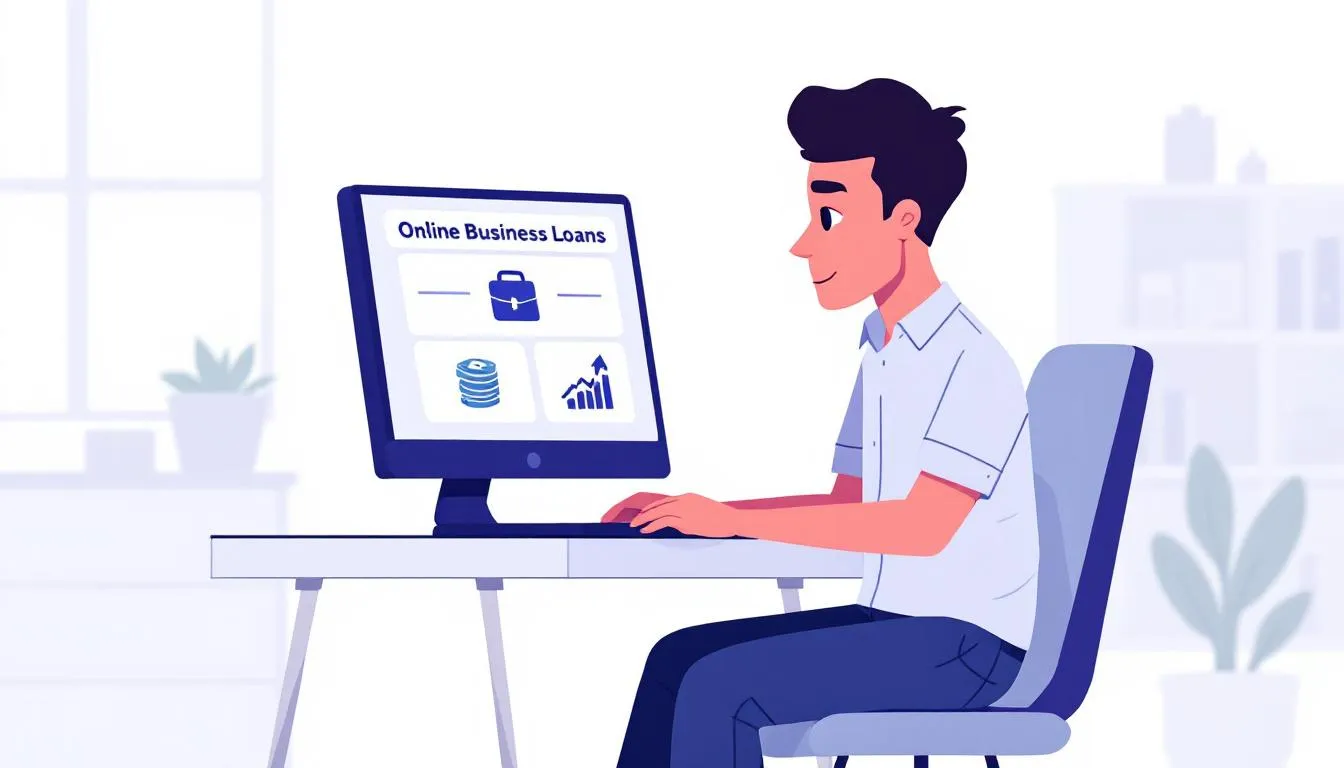What are Flea Markets and how do they work?
Flea markets are vibrant spaces where people can sell or buy various items. They are open every weekend and attract crowds seeking unique bargains.
At flea markets, vendors rent selling spaces to display their goods, ranging from vintage clothing to handmade crafts. Customers can haggle over prices, adding an element of fun to the shopping experience.
Tax regulations vary for flea market sellers depending on location and sales volume. Sellers must understand their sales tax obligations to avoid any legal issues.
One key aspect of flea markets is the sense of community they foster. Flea market vendors often build relationships with regular customers, creating a loyal customer base over time.
It is important for vendors to check the market’s site for information about selling opportunities and legal requirements.
How should I prepare to Sell at a Flea Market?
Here are some critical steps to take when preparing to sell at a flea market.
It is essential to have a calculator as part of your supplies to manage costs and calculate selling prices.
Being prepared with the right equipment, such as a wagon, can significantly improve your efficiency and comfort during market events.
Decide What to Sell
When deciding what to sell at a flea market, consider unique, vintage, or handmade items, as these tend to be popular with shoppers. An item’s worth is determined by what someone is willing to pay for it, so it’s important to be flexible and open to negotiation. Some of the most popular items at flea markets include jewelry, clothing, home decor, and collectibles.
Younger customers tend to look for older or vintage pieces. It is important to choose items that will attract a wide range of customers and stand out among the competition. Consider purchasing items at thrift stores or similar second-hand shops to find unique items. For example, you might sell jewelry, soap, or candles.
Pricing Strategy
One crucial aspect of being a successful flea market vendor is having a competitive pricing strategy. Research the prices of similar items in the market and price your products accordingly. Offering discounts or bundle deals can also entice customers to make purchases.
Research Local Flea Markets
When preparing to become a vendor at a local flea market, it is essential to research the specific markets you are interested in. Look into the target demographic, popular items sold, and the overall atmosphere of each market. An effective Google search can help you discover nearby markets and unique selling opportunities. Visiting the flea markets as a customer beforehand can also give you valuable insights into what sells well and how to set up your own booth best.
Clear, accessible information is crucial.. It can help you navigate local selling opportunities and avoid information overload.
Develop a Business Plan
Developing a business plan when selling at a flea market is crucial as it helps outline goals, strategies, and financial projections. However, finding useful information amidst an overwhelming amount of content online can make it hard to identify practical steps and resources. By incorporating a budget into the plan, sellers can track expenses, set pricing strategies, and ensure profitability by identifying areas where costs can be minimized and revenue increased. This structured approach can also help make informed decisions and adapt to market changes to stay competitive. Additionally, the potential rewards, such as savings on tools and equipment through rewards programs, can significantly enhance the vendor experience and success.
Brand Your Flea Market Business
Branding a flea market vendor business is crucial as it helps differentiate the company from competitors, build customer loyalty, and establish a unique identity in a crowded marketplace. A strong brand can also attract new customers, increase sales, and create a lasting impression that sets the business apart from others at the flea market. Consistent branding is crucial if you already have or plan to expand your business with an online or brick-and-mortar store.
Vendors love the joy of making deals and engaging with customers, highlighting the emotional aspect of selling and the importance of being willing to accept offers that facilitate positive outcomes.
Decide How to Accept Payments
Historically, cash is king at flea markets, and you’ll most likely still have significant cash sales. It’s essential to have a cash box with extra money ready to go. Providing adequate cash change is necessary to facilitate smooth transactions. Many flea markets require you to set up your booth before customers arrive, so getting there early is crucial.
However, fewer and fewer customers carry cash these days, even at flea markets. Accepting all forms of payment can maximize sales at flea markets. When specific information is not readily available on the market’s website or Facebook page, sending emails to inquire about vendor opportunities is important.
Setting up a credit card reader might not be the most feasible option to accept credit cards, debit cards, or tap-to-pay. Fortunately, many payment processors, such as Square, offer convenient mobile card readers that convert your mobile device into a payment solution. Most also include software for creating receipts, tracking sales and inventory, and producing sales reports. Additionally, receiving digital receipts from sales transactions can be very convenient.
Design Your Booth Space
Designing the booth space at a flea market is crucial for attracting customers and making a lasting impression. To create a memorable booth, focus on visually appealing displays, clear signage, and a welcoming atmosphere. Preparing a booth includes having essential supplies like tables, chairs, display racks, and shopping bags. Having a chair is important for vendors who need to be comfortable during long hours of setup and sales.
Showcase your items effectively by arranging them in an organized and eye-catching manner. Consider adding unique touches or decorations to stand out from the crowd. If possible, try to find a corner space. Engage with customers by offering samples, demonstrations, or interactive elements to draw them in and encourage sales.
Arriving early gives you enough time to prepare your booth before customers arrive. You should bring a variety of supplies to set up your booth successfully. Clearly marked prices help prevent confusion and speed up sales. Using a wagon to transport items can save time and prevent damage during setup.
Ensure you have exact measurements that will provide enough room for your needs, such as clothing racks, display spaces, room to operate, and more. Have a receipt book on hand. Consider ways to provide personal experience. You may want to have hand sanitizer available. Organizing merchandise effectively and creating an inviting atmosphere will increase customer attention and engagement.
What are the benefits of Selling at a Flea Market?
Selling stuff at flea markets opens opportunities to earn extra income by reaching a diverse customer base. Direct interaction with customers allows for personalized engagement and the chance to build lasting relationships. Balancing work, side hustles, and life can be challenging, but with good organization and time management skills, it is possible to manage these responsibilities effectively.
Flea markets provide a low-risk environment to test new products and gather immediate feedback for future improvements. Networking with other vendors can lead to collaborations and partnerships, enhancing business prospects in the long run. Joining the flea market community offers additional benefits, such as opportunities for networking and collaboration among vendors.
What are the drawbacks of Selling at a Flea Market?
Selling merchandise at a flea market presents challenges such as inconsistent foot traffic affecting sales, intense competition among vendors leading to price wars, physical effort in setting up and dismantling stalls, security concerns regarding theft or damage, and difficulties in accepting electronic payments due to limited access to reliable internet or card processing services.
Potential vendors shouldn’t be afraid to ask questions about fees, requirements, and the need for organization and readiness regarding pricing and inventory. These drawbacks can impact vendors’ profitability and overall experience at the flea market. Certain actions, like only accepting limited payment methods or pricing items too high, can be perceived as unprofessional or less appealing.
Selling at a Flea Market Pros & Cons
Pros:
- Low cost to set up a booth.
- Potential for high foot traffic.
- Opportunity to interact directly with customers.
- Ability to sell a variety of items.
- Chance to test out new products or business ideas.
Cons:
- Unpredictable sales may not make a profit every time.
- Weather conditions can impact sales.
- Competition from other vendors.
- Limited operating hours.
- Some flea markets may have strict rules and regulations.
How do I become a Flea Market vendor?
Here’s a step-by-step guide on how to become a flea market vendor.
Step 1 – Research: Begin by researching different flea markets in your area to find one that aligns with the type of products you want to sell and attracts your target customers. All flea markets charge a fee to rent booth space, and the rate varies from market to market.
Step 2 – Obtain a Vendor License: Check with your local government to see if you need a vendor license to sell at flea markets. This will ensure that you operate legally and avoid potential fines or penalties. To become a flea market vendor, register for a sales or tax permit with your state’s Tax Department. Additionally, be aware of the required setup times and necessary permits to ensure success and compliance while selling.
Step 3 – Secure a Vendor Space: Contact the flea market organizers to inquire about renting a vendor space. Be sure to ask about the cost, size, and any additional requirements they may have.
Step 4 – Prepare Your Inventory: Gather the products you want to sell at the flea market. Ensure you have enough inventory to fill your vendor space and attract customers. Consider stocking up on shopping bags. Being prepared with the right equipment, such as a wagon, can improve efficiency and comfort during market events.
Step 5—Set Up Your Booth: On the day of the flea market, arrive early to set up your booth. Make sure your products are displayed attractively and that your booth is organized and inviting to customers. To avoid confusion with customers, you must display prices clearly on all goods you sell at a flea market. You may need a return policy for your items, which should be clearly displayed at your booth.
Step 6—Promote Your Booth: Promote your flea market booth using social media and word-of-mouth. Consider offering special deals or discounts to attract more customers.
Step 7 – Provide Excellent Customer Service: Interact with customers in a friendly and helpful manner. Answer any questions they may have about your products and provide a positive shopping experience.
Step 8—Evaluate Your Performance: After the flea market ends, evaluate your sales and overall performance. Identify areas for improvement and make adjustments for future flea market events.
Step 9 – Repeat: If you enjoyed being a flea market vendor and found success, consider participating in more flea markets or expanding your business to other markets. Keep refining your strategies to grow your business as a flea market vendor.
Frequently Asked Questions
Here are the most common questions about how to sell at a flea market.
Is Selling at a Flea Market profitable?
The right products and sales strategy can make selling at a flea market profitable. Key factors include competitive pricing, a prime location, an attractive display, and building customer relationships. Trends and brands do matter in the context of selling at flea markets and online platforms. Offering unique items, researching prices, securing a high-traffic spot, creating an appealing setup, and providing excellent service can maximize profitability.
Can I sell at a Flea Market if I also run a retail store?
Yes, you can sell at a flea market even if you have a retail store. Selling at a flea market alongside your retail store allows you to showcase different products or offer special discounts that may not be available in your store. This can attract new customers and increase brand visibility. Moreover, it provides an avenue to test new products or marketing strategies in a low-risk environment.
Different requirements and regulations related to selling at flea markets can vary across various states. Specific documentation, like sales or tax permits, is mandated by each state’s Tax Department, highlighting that these regulations can vary significantly from state to state.
However, it’s essential to consider the logistics of managing your retail store and flea market stall simultaneously. Ensure you have enough staff to handle operations at both locations effectively. Additionally, carefully plan your inventory management to prevent stock shortages at either location.
What are some other places to Sell besides Flea Markets?
Here are some additional spaces to consider selling your products to enhance sales and attract more customers.
Online Platforms: Selling on platforms like eBay, Etsy, or Facebook Marketplace can reach a wider audience than flea markets. You can also consider creating an eCommerce store.
Consignment Shops: Consider consignment shops, as they handle the selling process for you in exchange for a percentage of the sale.
Local Events: To showcase your items, participate in local events such as craft fairs, pop-up markets, or community yard sales.
Garage Sales: Organize garage sales at your home to declutter and make extra cash by selling items you no longer need.
Social Media: Utilize social media platforms like Instagram or TikTok to promote your products and reach potential buyers directly.
Farmer’s Market: Selling at a farmer’s market allows vendors to connect directly with customers looking for fresh, locally grown produce and handmade goods.
How to Sell at a Flea Market – Final Thoughts
Selling at a flea market can be a rewarding experience if approached with the right mindset and strategies. Following the tips outlined in this article, you can maximize sales and create a successful business to start selling at flea markets.
Remember to stay organized, engage with customers, and continually adapt to meet market demands. Good luck with your flea market ventures!
Contact us if you have more questions about selling at a flea market or applying for a small business loan. Our alternative funding experts can help you find the best options for your inventory or other business needs.





